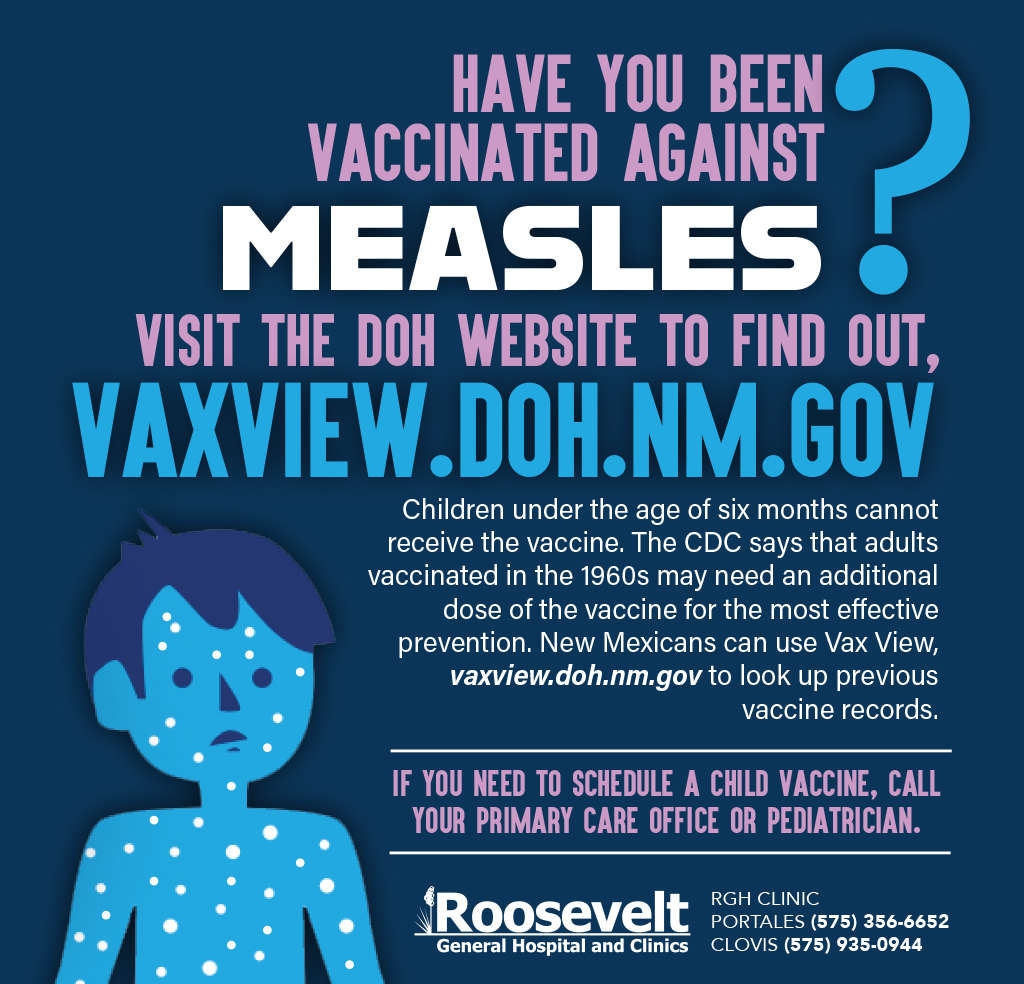Fact Sheet and Supplemental Information
Santa Fe – Following the hiring of new Superintendents for the New Mexico Forestry Division’s two
hotshot crews, recruitment efforts continue with a new video that’s now available to be viewed on-line.
This fact sheet provides more information about this unique state-level program, and the structure of
these wildfire response crews.
A Necessary Response
After the disastrous fire season of 2022, Governor Michelle Lujan Grisham and the EMNRD Forestry
Division identified a need to focus and amplify the state’s wildfire response capacity. This led to a
legislative budget allocation of approximately 1.3 million dollars for the creation of the state’s first-ever
hotshot crews.
The National Interagency Fire Center describes a hotshot crew as firefighters that are specially trained
in wildland fire suppression tactics. Providing an organized, skilled and mobile workforce, hotshots are
considered elite due to the extensive training they must undergo, the demanding physical rigors of the
job, and an ability to respond to fires as self-contained units.
Typically, IHCs, or Interagency Hotshot Crews, are funded and managed through federal agencies like
the U.S. Forest Service or the Department of the Interior. New Mexico now joins the ranks of only two
other states – Alaska and Utah — who sought to build their own state-funded hotshot crews.
Building a Crew
But hotshots aren’t just created out of thin air. Consisting of 20-22 members, both Eagle Peak and
Pecos River crews will function as self-sufficient wildland firefighting units. Beginning as Type-2
wildland fire hand crews, they will respond to fires on state and private land within New Mexico but will
also be available for assistance on fires within federal lands and, given availability, and fires that take
place in other states. These crews will learn and train together and fight fires together, building a
rapport, working style, and relationships that will make them efficient units.
As they gain experience working on wildland fires together, the crews will be reviewed and evaluated by
the National Wildfire Coordinating Group, an operational group designed to coordinate wildfire
response programs across federal, state, local and tribal jurisdictions. After a successful review, the
Eagle Peak and Pecos River crews will graduate from Type-2 status to become Type-1 firefighting crews,
and official Interagency Hotshots.
Besides Superintendent leaders, other positions consist of Squad Leaders, Senior Firefighters and Crew
Members. Filling these new positions will be critical in the coming months, and the Forestry Division is
actively seeking men and women in the state of New Mexico for these full-time firefighting positions,
which come with competitive salaries, health and medical benefits, hazard pay, and an enhanced
pension plan through the Public Employees Retirement Association.
For more information on applying for positions, click here. For more information about the Division’s
wildfire response crews, click here.






































